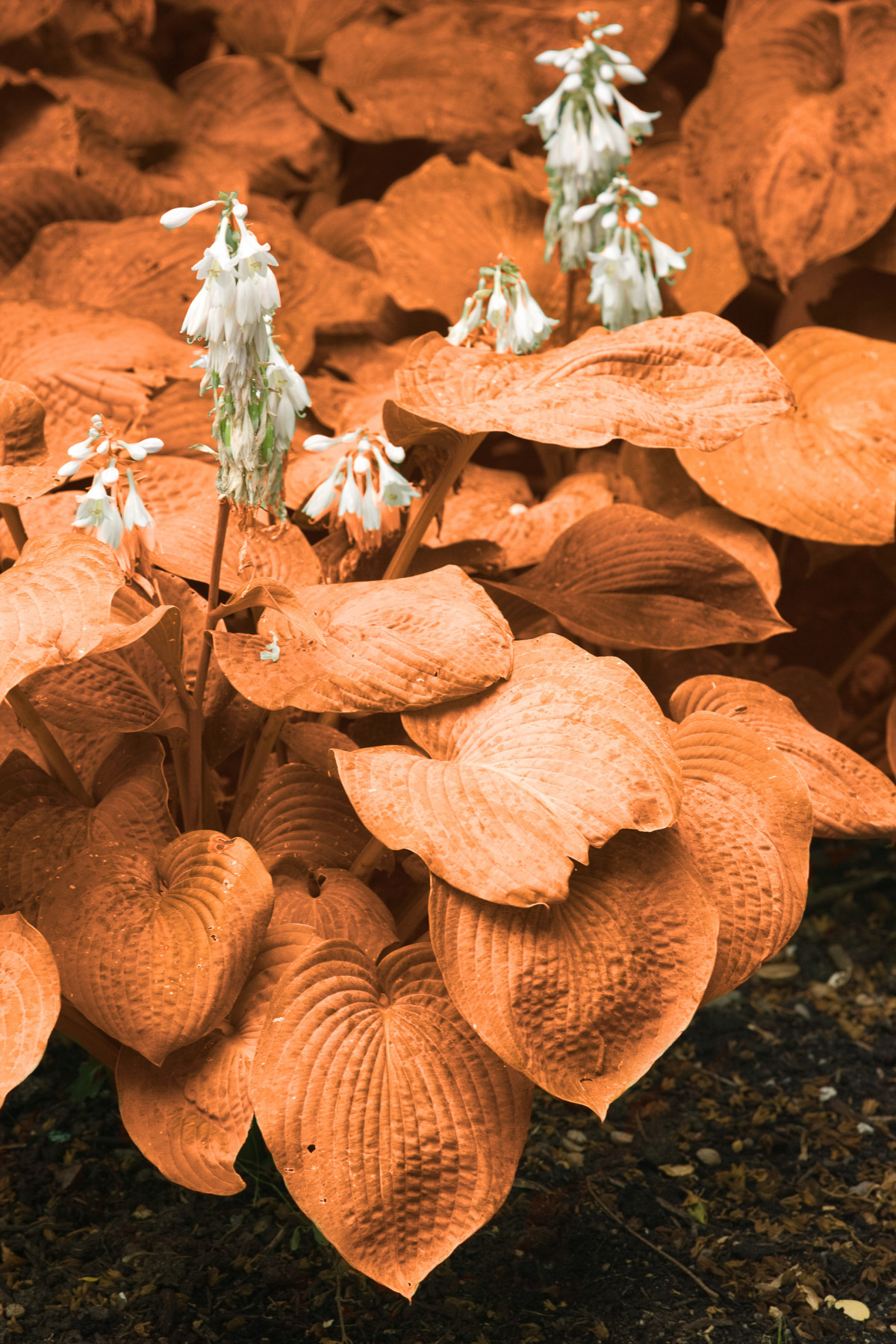
Exciting new plant introductions come on the market every year. And yet, how do we, as home gardeners, know what’s real and what’s fakery, put up by fraudsters who will prey on our desire to grow the latest offering? Wouldn’t that purple-leaf tropical vine look great in the greenhouse? How about a pink-flowering weeping willow? Is there such a thing as a ‘Pumpkin Spice’ hosta?
I talked with Amanda Thomsen, author of Kiss My Aster—A Graphic Guide to Creating a Fantastic Yard Totally Tailored to You. With her long-running Kiss My Aster blog, and her column for Green Profit magazine, as well as her many years in the garden industry, she’s an astute observer of what interests the public about new plants. She tells me, “We live in an age where amazing leaps in plant breeding make it harder to tell the truth from the lies, and I’m not the first to say, ‘If it looks too good to be true, it probably is.’”
Fakery is not difficult. For fun, I asked my friend and professional garden photographer, Mark Turner, if he could do that. He sent me this portrait of what he calls a ‘Pumpkin Spice’ hosta. No way is it real. He says, “For those who know how to use the tools, it’s not terribly hard to change the color.”
Amanda cites three other red-flag cautions when looking for plants that are unfamiliar to you. “If it’s offered only as seed; if it’s being mailed to you from far away—think China; or if it’s offered at an insanely great price.”

If the unknown plant doesn’t raise those flags, but before you reach for your wallet, Amanda suggests another step. If a plant is new to her, she says, “I check for reviews of almost anything I purchase.”
Unfortunately, there’s no plant Snopes to help sort out fake from real. But you can go to horticultural websites located near you. Amanda says, “I will use any university or public garden sites for info since there’s no commerce involved.” Her favorite research places are the Morton Arboretum—she’s based outside Chicago—and the Missouri Botanic Garden.
Finally, to help make right choices, Amanda advises fostering a positive relationship with knowledgeable independent nursery employees. These are the folks who—when they have the time—would love to talk plants with you. Amanda says, “Ideally, consumers will have someone they can trust to come to with these things.”
And you don’t have to feel embarrassed if you discover that what you wanted is just a ploy to part you from your cash. Keep looking. “Bottom line,” Amanda says. “If it exists, and it’s really that great? Your local garden center will trip over themselves to get it for you.”


